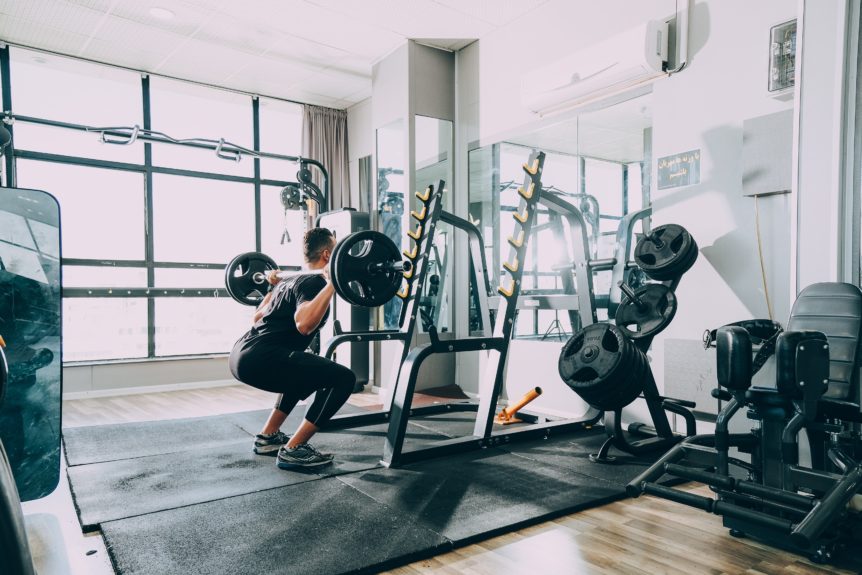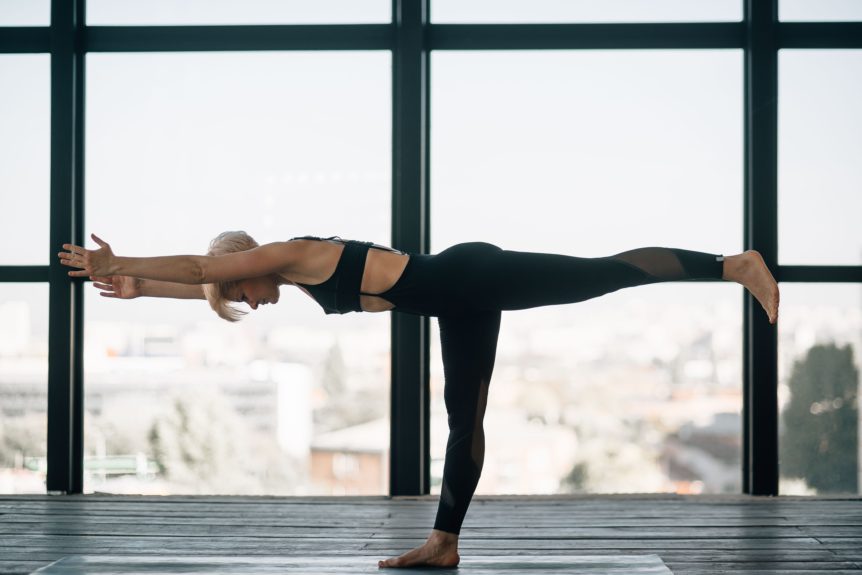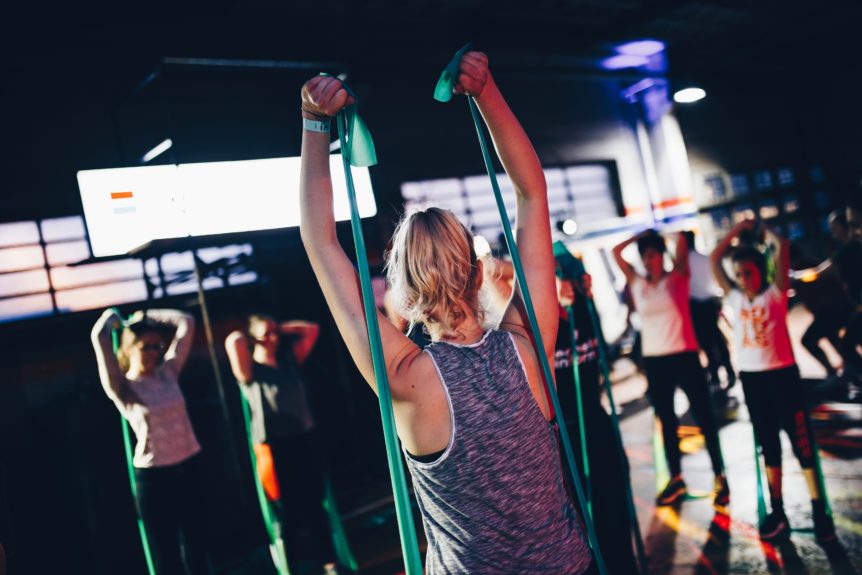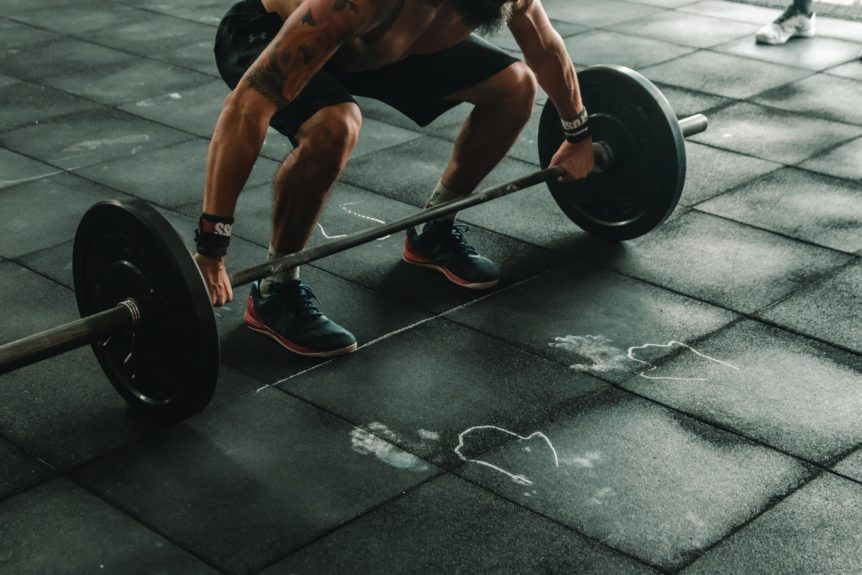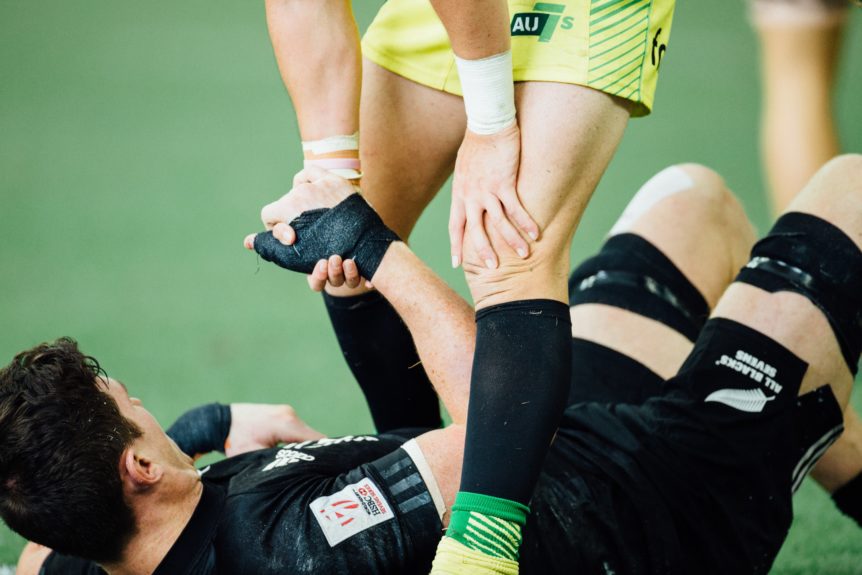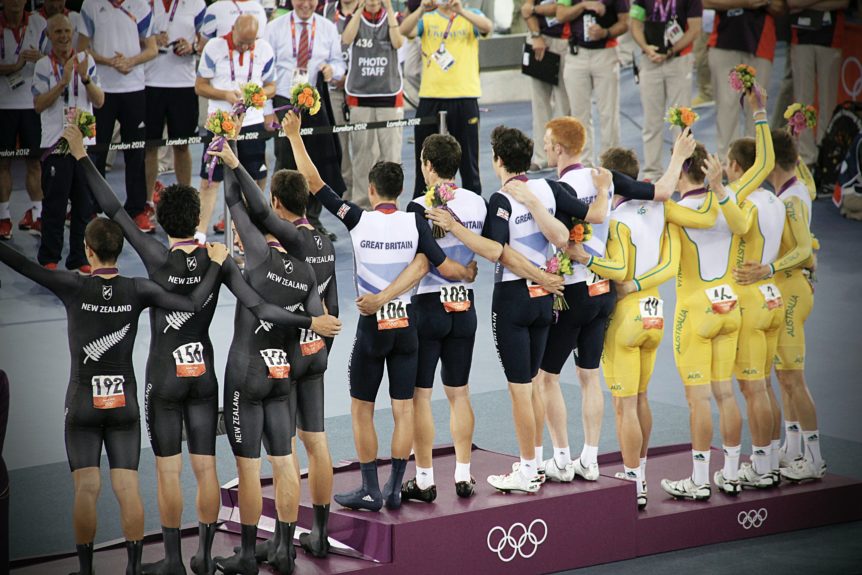Bull, F. C., Al-Ansari, S. S., Biddle, S., Borodulin, K., Buman, M. P., Cardon, G., et al. (2020). British Journal of Sports Medicine, 54(24), 1451–1462. ABSTRACT Objectives: To describe new WHO 2020 guidelines on physical activity and sedentary behaviour. Methods: The guidelines were developed in accordance with WHO protocols. An expert Guideline Development Group reviewed evidence to assess associations between …
Muscle-strengthening Exercise Epidemiology: a New Frontier in Chronic Disease Prevention
Bennie, J. A., Shakespear-Druery, J., & Cocker, K. (2020). 1–8. Sports Medicine-Open Abstract This current opinion provides an overview of the emerging discipline of muscle-strengthening exercise epidemiology. First, we define muscle-strengthening exercise, and discuss its recent addition into the global physical activity guidelines, which were historically mainly focused on aerobic physical activity (walking, running, cycling etc.). Second, we provide an …
The relationship between physical fitness attributes and sports injury in female, team ball sport players: a systematic review
Farley, J. B., Barrett, L. M., Keogh, J. W. L., Woods, C. T., & Milne, N. (2020) – Sports Medicine-Open, 6(1), 45. Abstract Background: Understanding the relationships between physical fitness characteristics and sports injury may assist with the development of injury minimisation programs. The purpose of this systematic review was to investigate the association between physical fitness attributes and sports …
Relationships between incidental physical activity, exercise, and sports with subsequent mood in adolescents
Koch et al. Scand J Med Sci Sports. 2020;30:2234–2250. Abstract Physical activity is beneficial for human physical health and well-being. Accordingly, the association between physical activity and mood in everyday life has been a subject of several Ambulatory Assessment studies. This mechanism has been studied in children, adults, and the elderly, but neglected in adolescents. It is critical to examine …
The relationships between rugby union, and health and well-being: a scoping review
Objective: To scope the relationships between rugby union, and health and well-being. Design: Scoping review. Data sources: Published and unpublished reports of any age, identified by searching electronic databases, platforms and reference lists. Methods: A three-step search strategy identified relevant published primary, secondary studies and grey literature, which were screened using a priori inclusion criteria. Data were extracted using a …
Effects of Resistance Training on Physical Fitness in Healthy Children and Adolescents: An Umbrella Review
Lesinski, M., Herz, M., Schmelcher, A., & Granacher, U. (2020) – Sports Medicine, 50(11), 1901–1928. Abstract Background: Over the past decades, an exponential growth has occurred with regards to the number of scientific publications including meta-analyses on youth resistance training (RT). Accordingly, it is timely to summarize findings from meta-analyses in the form of an umbrella review. Objectives: To systematically …
Training Load and Its Role in Injury Prevention, Part 2: Conceptual and Methodologic Pitfalls.
Impellizzeri, F. M., McCall, A., Ward, P., Bornn, L., & Coutts, A. J. (2020). Journal of Athletic Training, 55(9), 893–901. Abstract In part 2 of this clinical commentary, we highlight the conceptual and methodologic pitfalls evident in current training-load–injury research. These limitations make these studies unsuitable for determining how to use new metrics such as acute workload, chronic workload, and …
Training Load and Its Role in Injury Prevention, Part I: Back to the Future.
Impellizzeri, F. M., Menaspà, P., Coutts, A. J., Kalkhoven, J., & Menaspà, M. J. (2020) – Journal of Athletic Training, 55(9), 885–892. Abstract The purpose of this 2-part commentary series is to explain why we believe our ability to control injury risk by manipulating training load (TL) in its current state is an illusion and why the foundations of this …
Does a greater training load increase the risk of injury and illness in ultramarathon runners?: A prospective, descriptive, longitudinal design
N Craddock, K Buchholtz & TL Burgess Background: Ultramarathon running has become extremely popular over the years. Despite the numerous health benefits of running, there are also many negative effects of running, such as increased risk of musculoskeletal injury and illness. Monitoring of an athlete’s training load has become extremely important in terms of injury prevention. Currently, the relationship between training loads …
International Olympic Committee (IOC) Sport Mental Health Assessment Tool 1 (SMHAT-1) and Sport Mental Health Recognition Tool 1 (SMHRT-1): towards better support of athletes’ mental health.
Gouttebarge, V., Bindra, A., Blauwet, C., Campriani, N., Currie, A., Engebretsen, L., et al. (2020). British Journal of Sports Medicine ABSTRACT Objectives To develop an assessment and recognition tool to identify elite athletes at risk for mental health symptoms and disorders. Methods We conducted narrative and systematic reviews about mental health symptoms and disorders in active and former elite athletes. …


